I'm trying to draw a two-sided graph similar to the population pyramid explained here and here. The problem is that I have categorical variables (male/female) that I want to group together:
import pandas as pd
import seaborn as sns
# data
data = {'species': ['X', 'X', 'Y', 'Y', 'Z', 'Z', 'X', 'X', 'Y', 'Y', 'Z', 'Z'],
'sex': ['male', 'female', 'male', 'female', 'male', 'female', 'male', 'female', 'male', 'female', 'male', 'female'],
'mass (g)': [4000, 3500, 3800, 3200, 5500, 4900, 2500, 2100, 2400, 2000, 4200, 3800],
'age': ['adult', 'adult', 'adult', 'adult', 'adult', 'adult', 'juvenile', 'juvenile', 'juvenile', 'juvenile', 'juvenile', 'juvenile']}
df = pd.DataFrame(data)
# convert juvenile mass to negative
df.loc[df.age.eq('juvenile'), 'mass (g)'] = df['mass (g)'].mul(-1)
# plot
sns.set_theme(style="whitegrid")
fig, ax = plt.subplots(figsize=(10,5))
sns.barplot(data=df, x='mass (g)', y='species', hue='sex', ci=False, orient='horizontal', dodge=True)
ax.yaxis.tick_right()
ax.yaxis.set_label_position("right")
plt.show()
The figure below is what I'm aiming for. Different color bars are for male/female sex. Different species X, Y, Z are in separate categorical groups. The bars on the right side of the figure show mass of adults for each species.
I sketched in red the bars on the left side to show mass of juveniles for each species. How do I plot this? I can't find anything useful in the seaborn docs or on SO.




